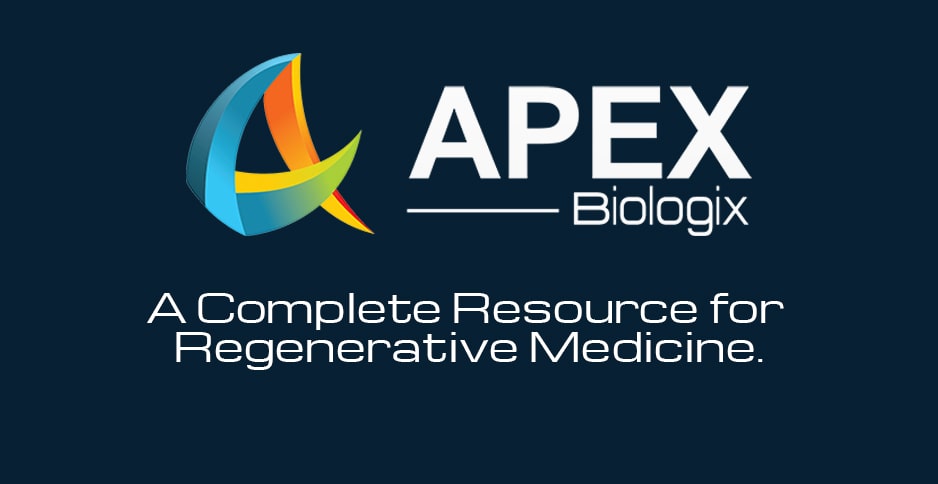J Orthop Surg Res
. 2021 May 21;16(1):333.
doi: 10.1186/s13018-021-02470-x.
Corticosteroids or platelet-rich plasma injections for rotator cuff tendinopathy: a randomized clinical trial study
Haleh Dadgostar 1,
Farinaz Fahimipour 2,
Alireza Pahlevan Sabagh 3,
Peyman Arasteh 4,
Mohammad Razi 3
Affiliations expand
Free PMC article
Abstract
Background: Studies evaluating the role of both corticosteroids and platelet-rich plasma (PRP) in the treatment of rotator cuff (RC) tendinopathies have been contradicting. We compared structural and clinical changes in RC muscles after corticosteroids and PRP injections.
Methods: This is a randomized double-blind clinical trial. All individuals with diagnosis of RC tendinitis during 2014-2017 were considered. Individuals were randomly allocated to either receive PRP or corticosteroids. Overall, 3cc of PRP was injected within the subacromial joint and another 3cc was injected at the site of the tendon tear, under the guide of sonography. For the corticosteroid group, 1cc of Depo-medrol 40mg and 1cc of lidocaine (2%) was injected within the subacromial joint.
Results: Overall, 58 patients entered the study. Comparison of pain, range of motion (ROM), Western Ontario RC (WORC), Disability of Arm-Hand-Shoulder (DASH) scores, and supraspinatus thickness showed significant improvement during follow-ups in both groups (p<0.05). During 3 months of follow-up, pain improvement was significantly better within the PRP group during (from 6.66±2.26 to 3.08±2.14 and 5.53±1.80 to 3.88±1.99, respectively; p=0.023). Regarding ROM, the PRP group had significant improvement in adduction (20.50°±8.23° to 28°±3.61° and 23.21°±7.09° to 28.46°±4.18° for the PRP and corticosteroid groups, respectively; p=0.011) and external rotation (59.66°±23.81° to 76.66°±18.30° and 57.14°±24.69° to 65.57°±26.39°, for the PRP and corticosteroid groups, respectively; p=0.036) compared to the corticosteroid group.
Conclusion: We found that PRP renders similar results to that of corticosteroids in most clinical aspects among patients with RC tendinopathies; however, pain and ROM
may show more significant improvement with the use of PRP. Considering that the use of corticosteroids may be contraindicated in some patients and may be associated with the risk of tendon rupture, we suggest the use of PRP in place of corticosteroid-based injections among patients with RC tendinopathy.
Trial registration: Clinical trial registration code: IRCT201302174251N9.
Keywords: Corticosteroid; Platelet-rich plasma; Rotator cuff; Supraspinatus; Tendinopathy.


